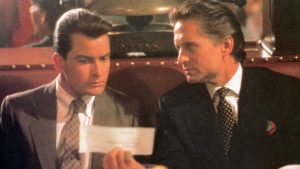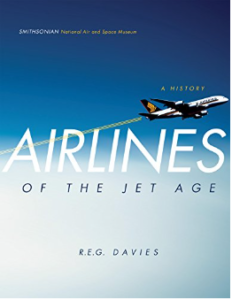I often get asked to name my favorite books on investing, and I almost always struggle to name just one or two. Not only does my answer keep changing with experience and new readings, but it also depends on who is asking, and what they are interested in learning. Some people ask for my personal favorites on quality investing, while others may want ideas on a specific type of investment, such as commodities, private equity, or real estate. The latest request came from a friend who wanted my top book ideas for an aspiring teenager. Coming up with such a list is tricky, because a good book on investing for younger readers must be inspiring, yet honest and informative. Most importantly, though, it cannot be so heavy on romantic narrative that it misrepresents what investing is at its core: a difficult, demanding, and often painful endeavor. There are so many bad investment books out there, it is no wonder so many young people mistakenly assume that investing is easy. As such, what the best book should do is inspire further reading and research.
With all that said, here are my Top 5 investment book recommendations for aspiring teenagers:
- The Joys of Compounding: The Passionate Pursuit of Lifelong Learnings (2020) – 456 pages
This was an incredible book written by a young author who struggled to get through high school, but then blossomed into an admirable investor and blooming scholar. I was inspired by this book and think that a teenager would be as well, even though it is a bit on the long side. I liked it so much when I first read it that I wrote a review that is posted on our site (link).
- 10 ½ Lessons from Experience: Perspectives on Fund Management (2020) – 128 pages
This is a short book that is packed with solid advice and great observations. It is not simple and does not promote investing as such, but it is short – which earned it a spot in my top five recommendations for teenagers. The author is Paul Marshal, who co-founded the British hedge fund Marshal Wace. My review of this book is also posted on our site (link).
- One Up on Wall Street: How to Use What You Already Know to Make Money in the Market (1989) – 318 pages
Peter Lynch makes it sound fun and easy, but he can get away with it, in my opinion, because of his track record in mentoring and inspiring young investors. I include this book here because it was the first investment book I ever read and was the main reason I fell in love with the profession. My review of this classic is also posted on our site (link).
- Investing: The Last Liberal Art (2000) – 216 pages
This book does an excellent job in explaining the complexities of investing without turning off the reader. It is mostly conceptual and very informative, which gives it a long shelf life. Another strong attribute is that it is not too long. The author, Robert Hagstrom, was a portfolio manager earlier in his career, which adds credibility to the book. He is also the author of the best seller, The Warren Buffett Way (1994), and eight other books.
- The Most Important Thing: Uncommon Sense for the Thoughtful Investor (2011) – 196 pages
Howard Marks does not make investing sound easy (much to the contrary), but he does a fine job of inspiring inquiry. I have read this book twice and have seen Marks present live a few times in the last decade, and they were all worthwhile. At less than 200 pages, the length of this book is also accommodating, and it helps that Marks is an excellent writer.










